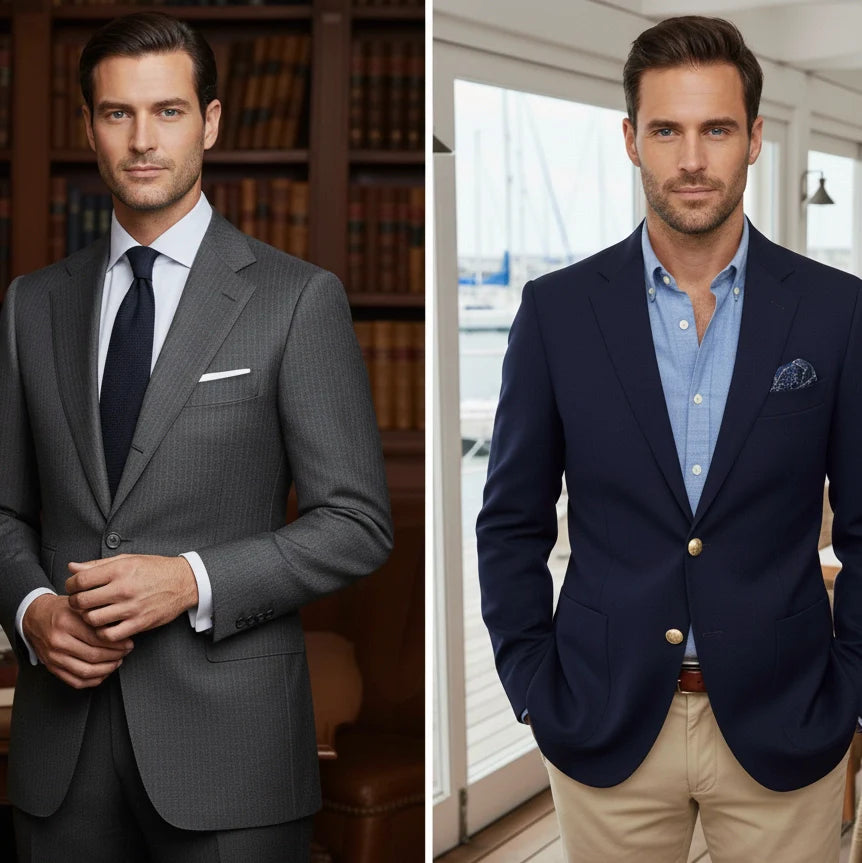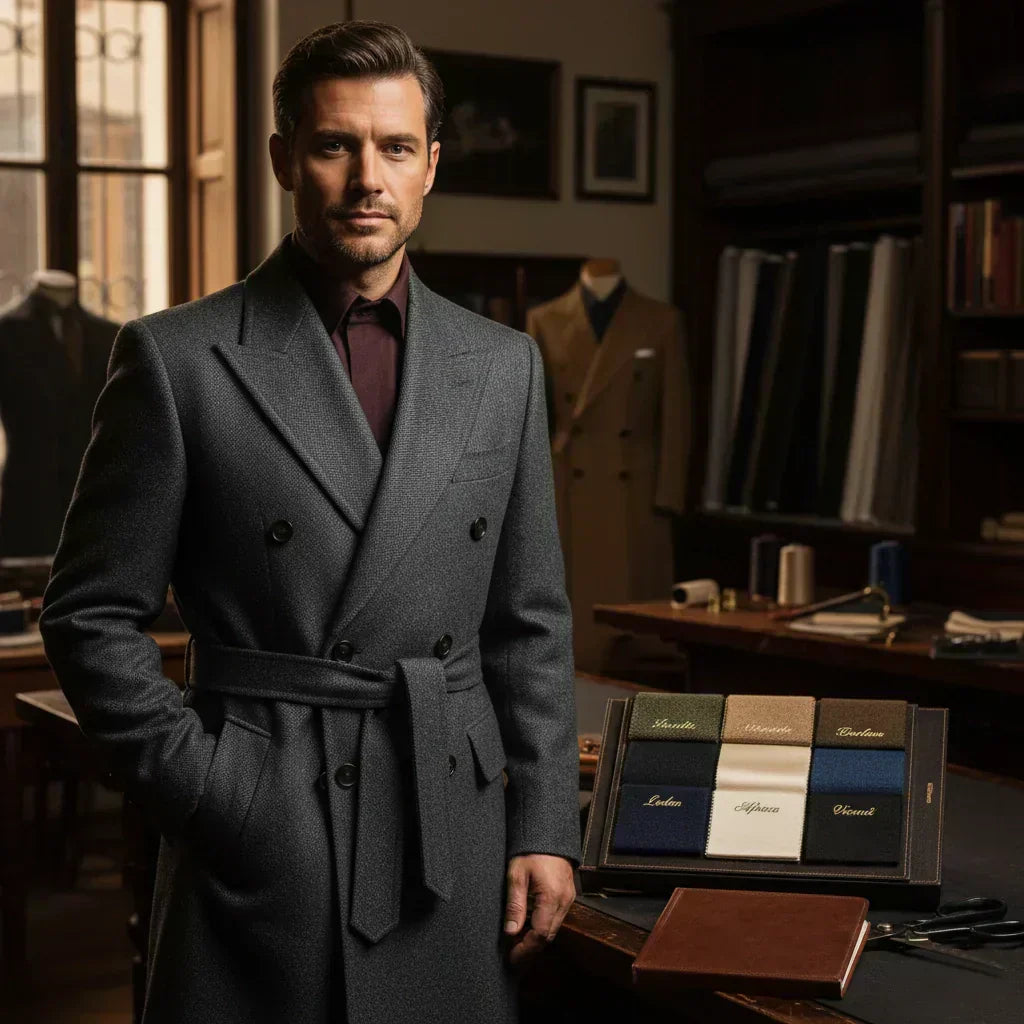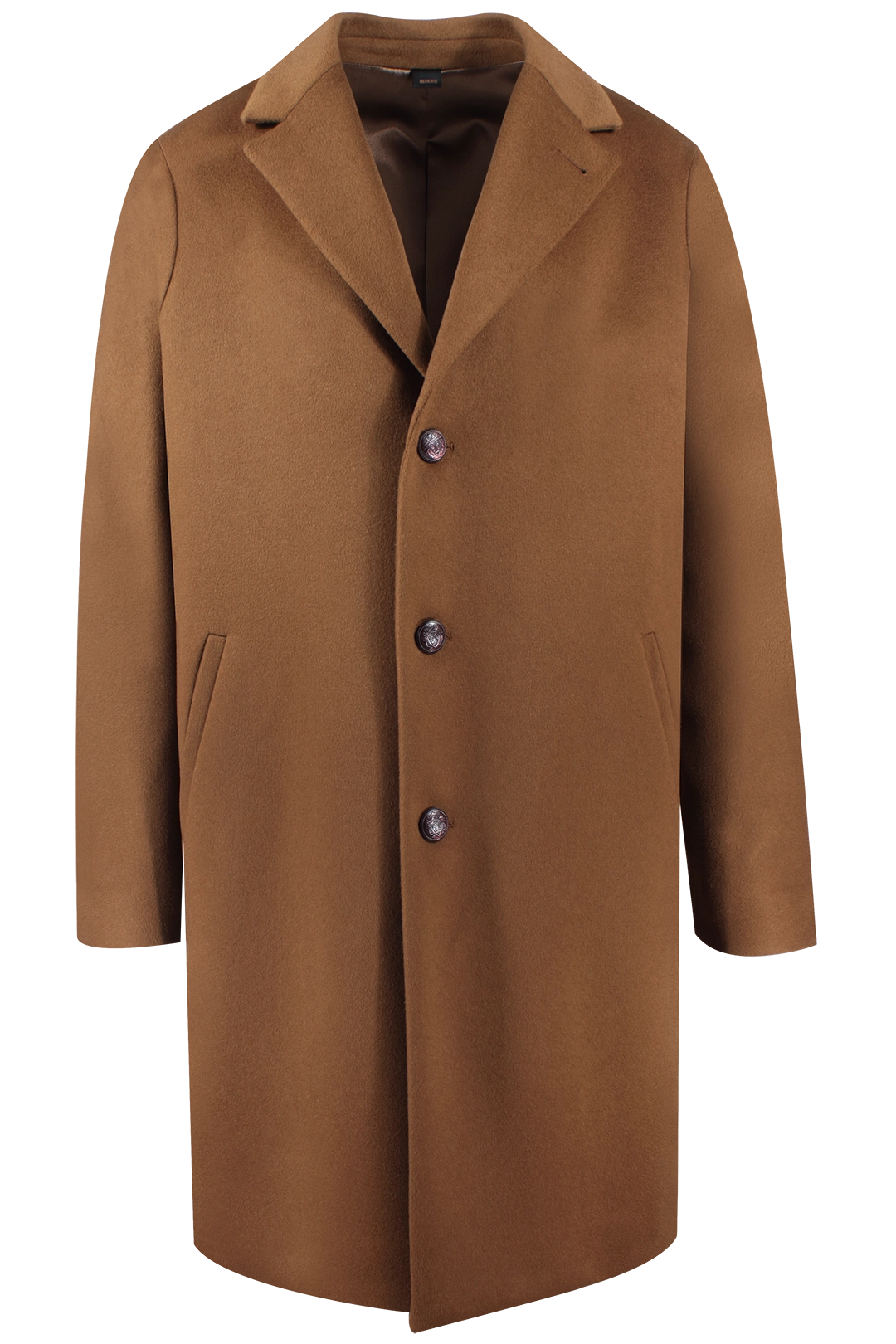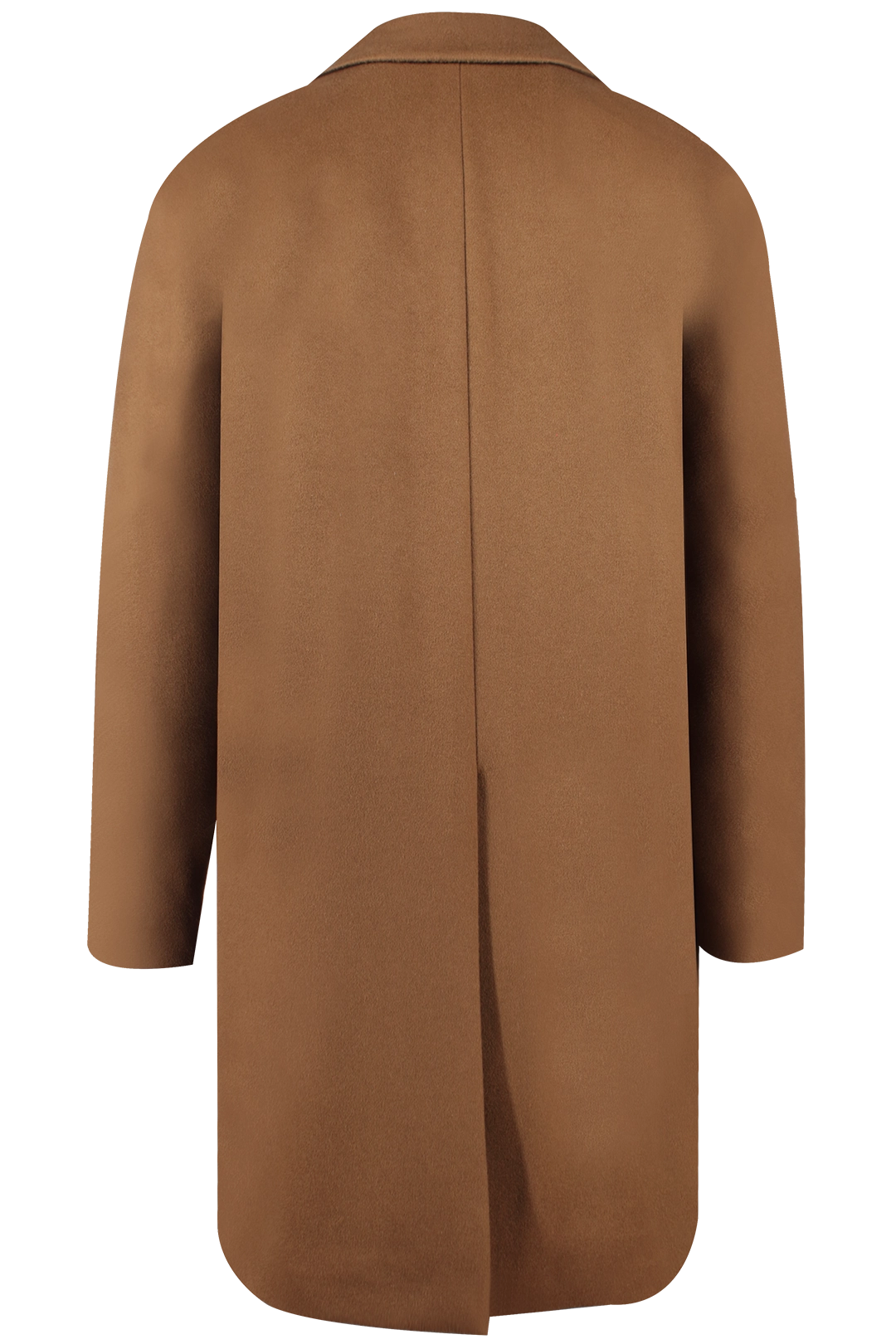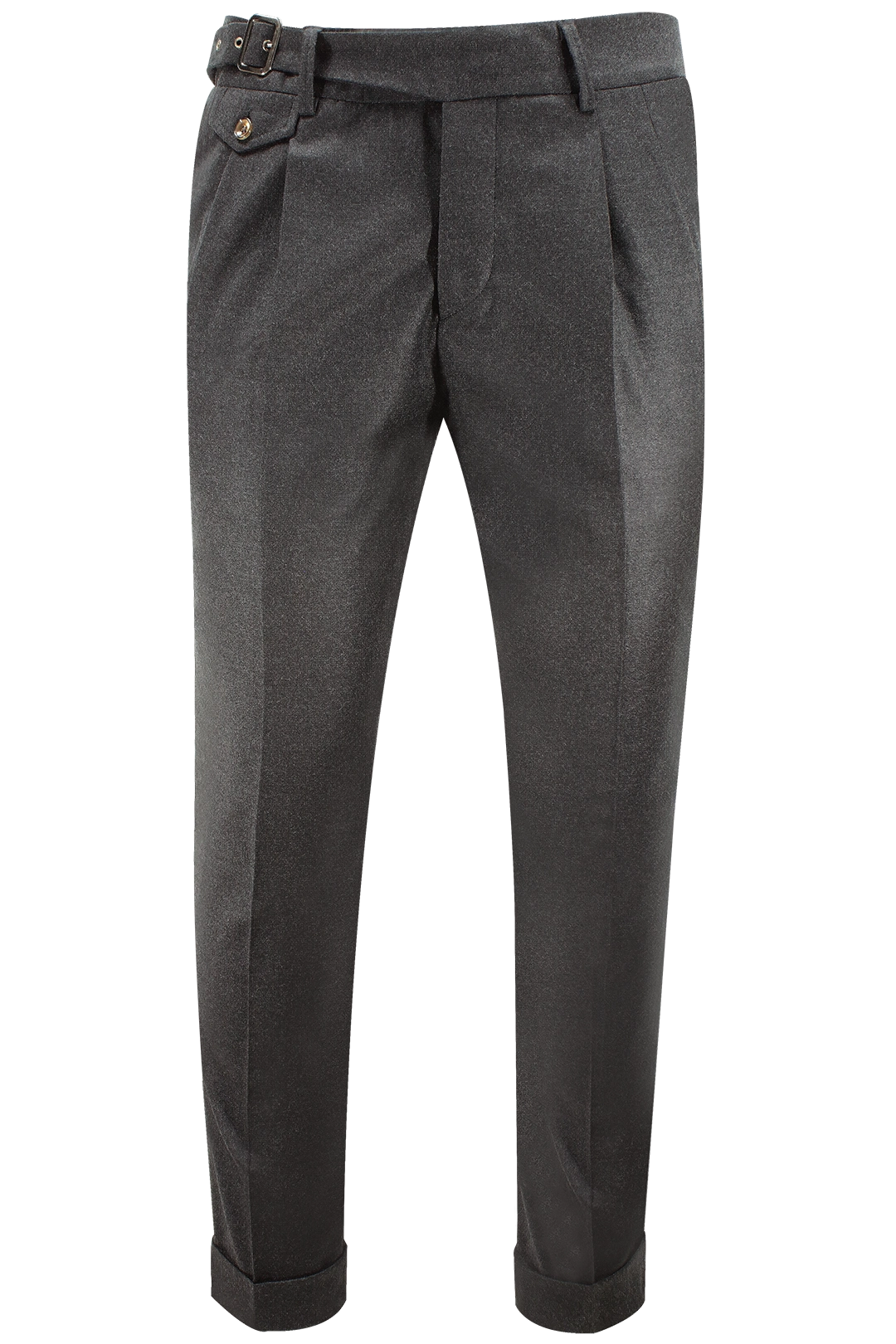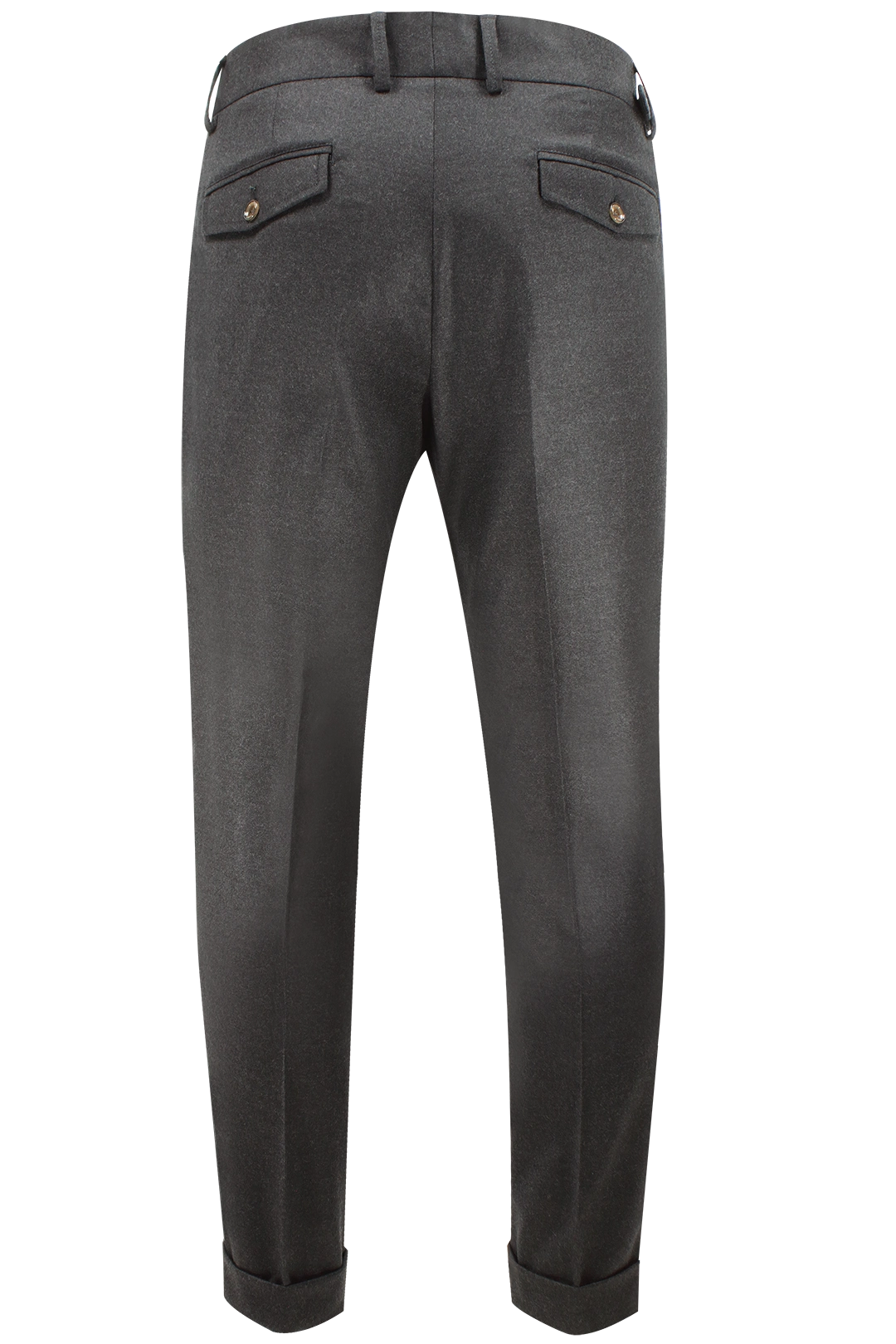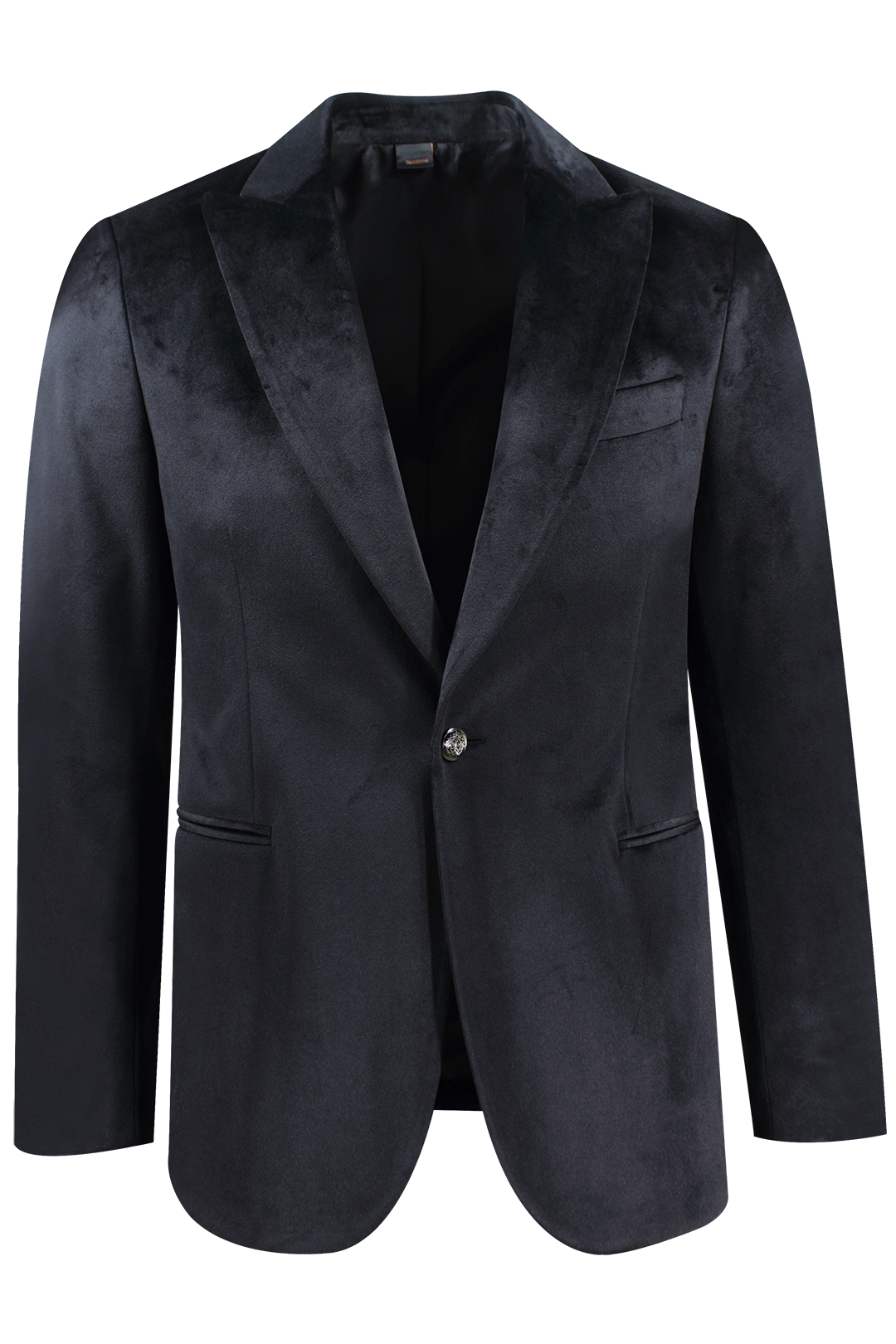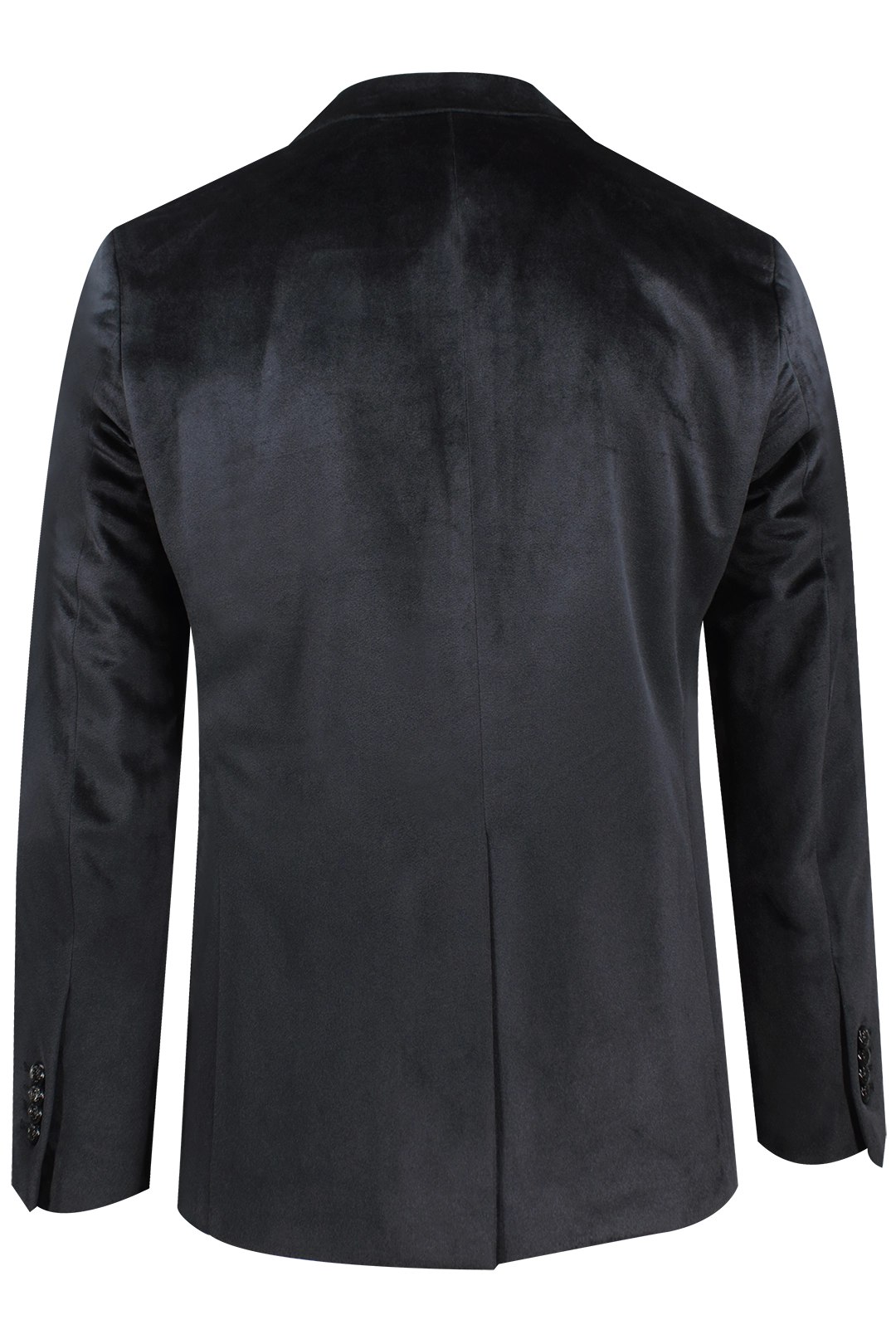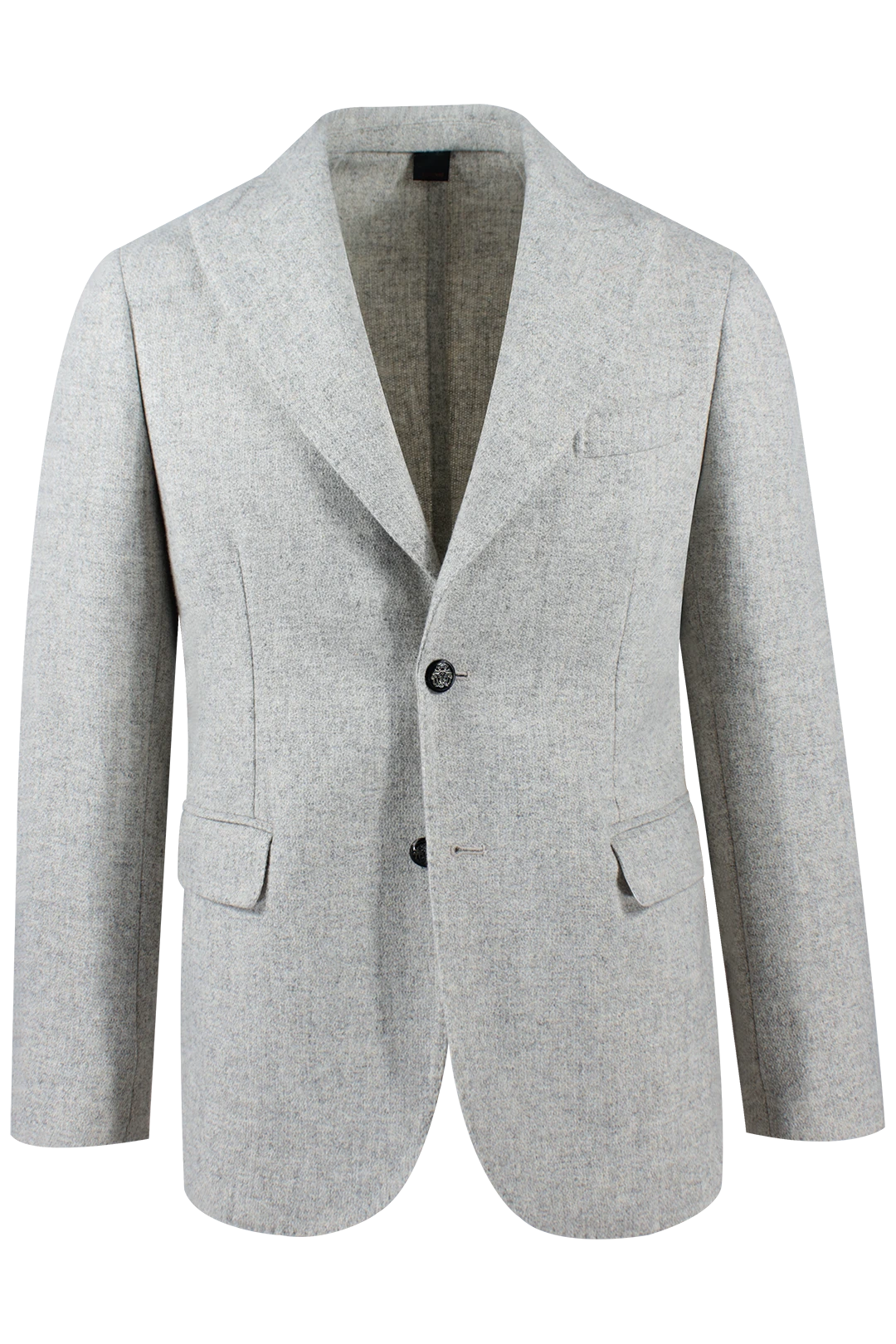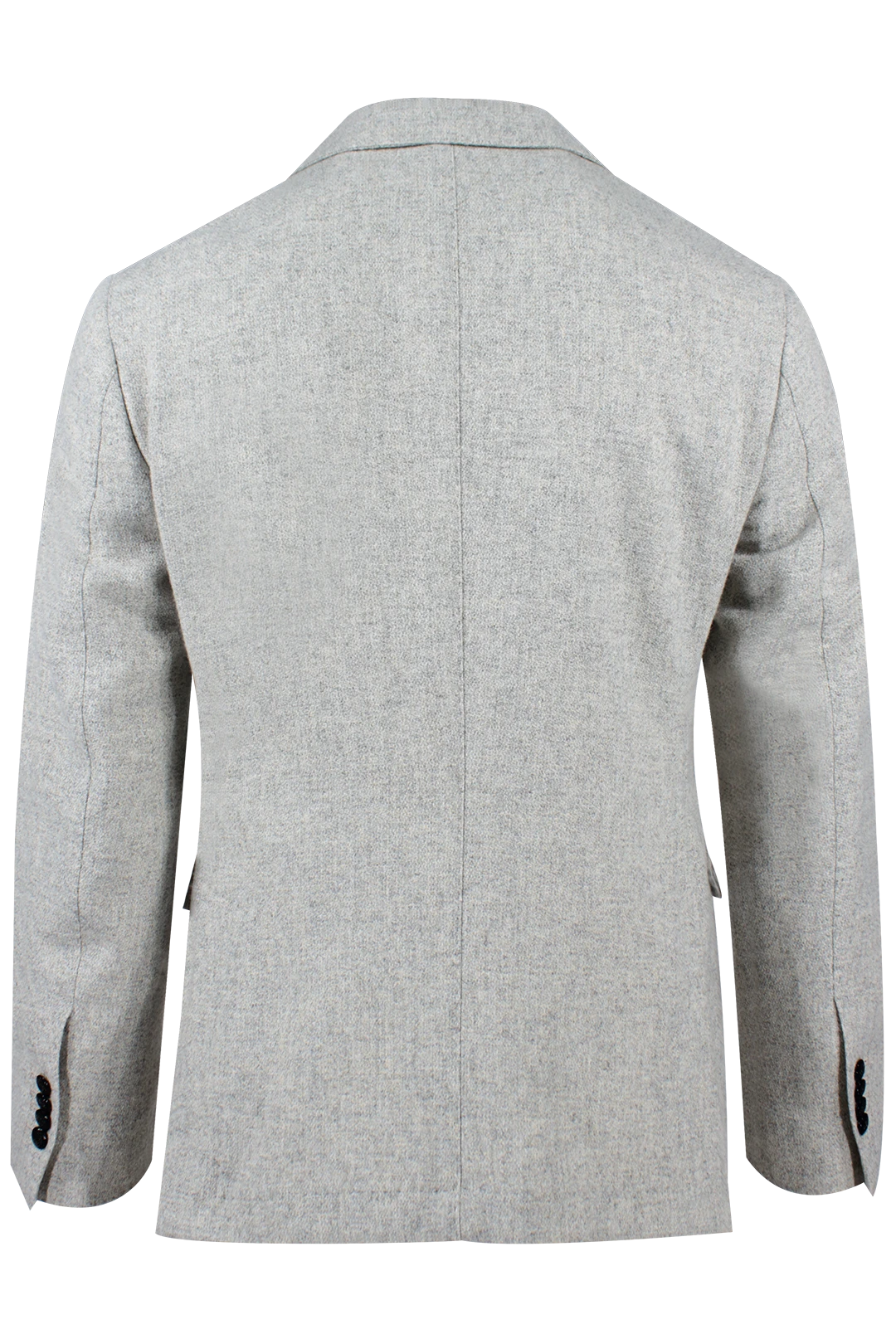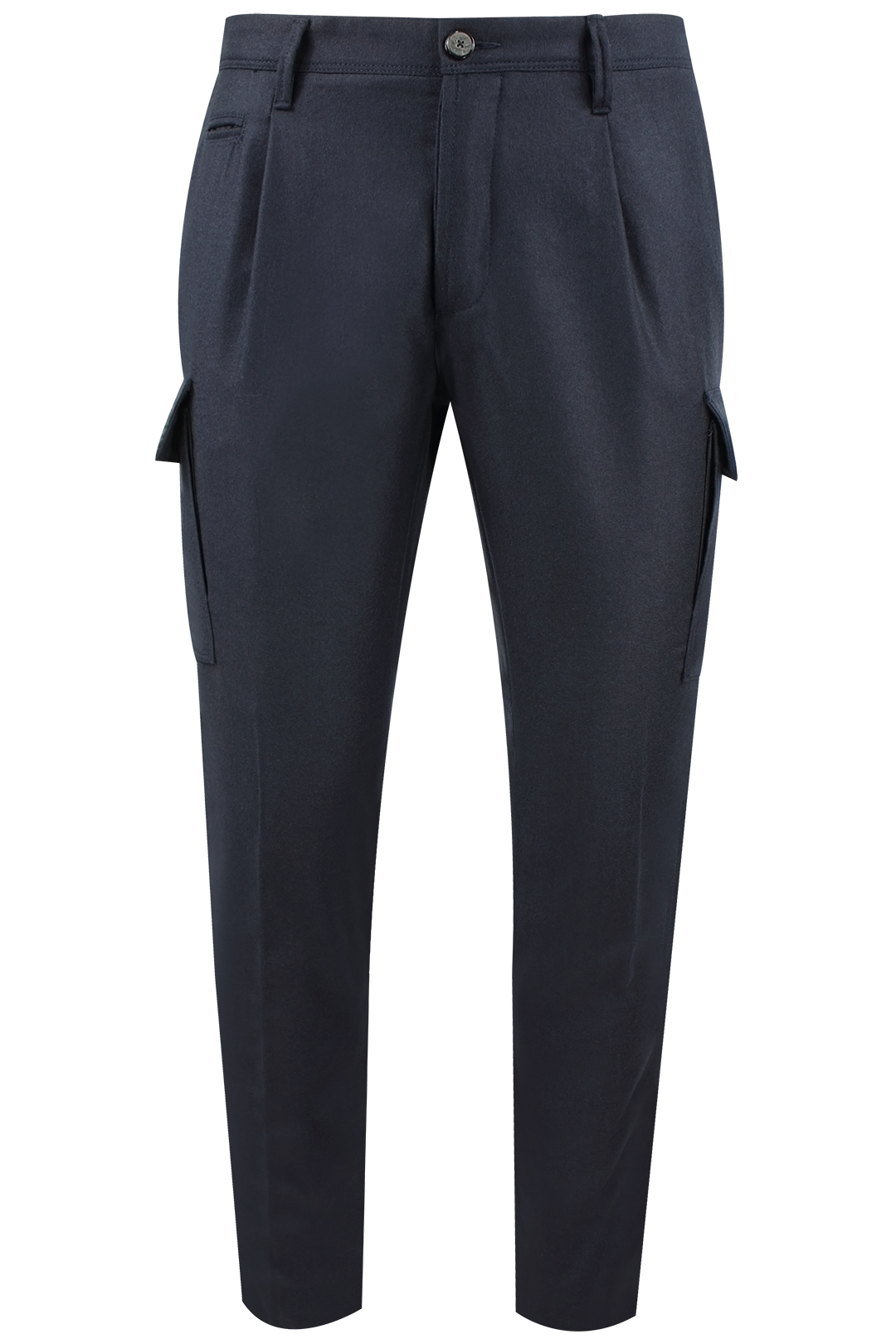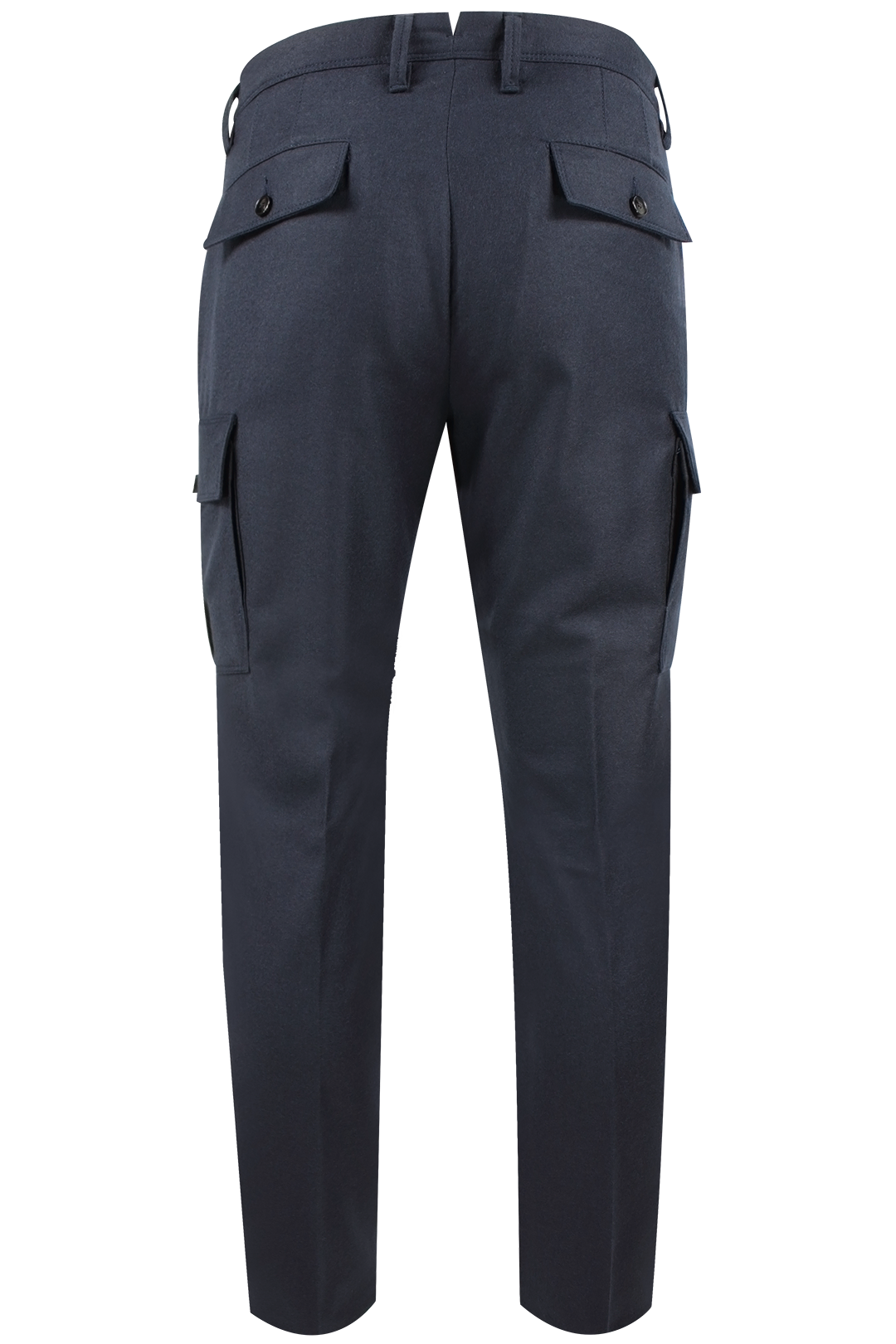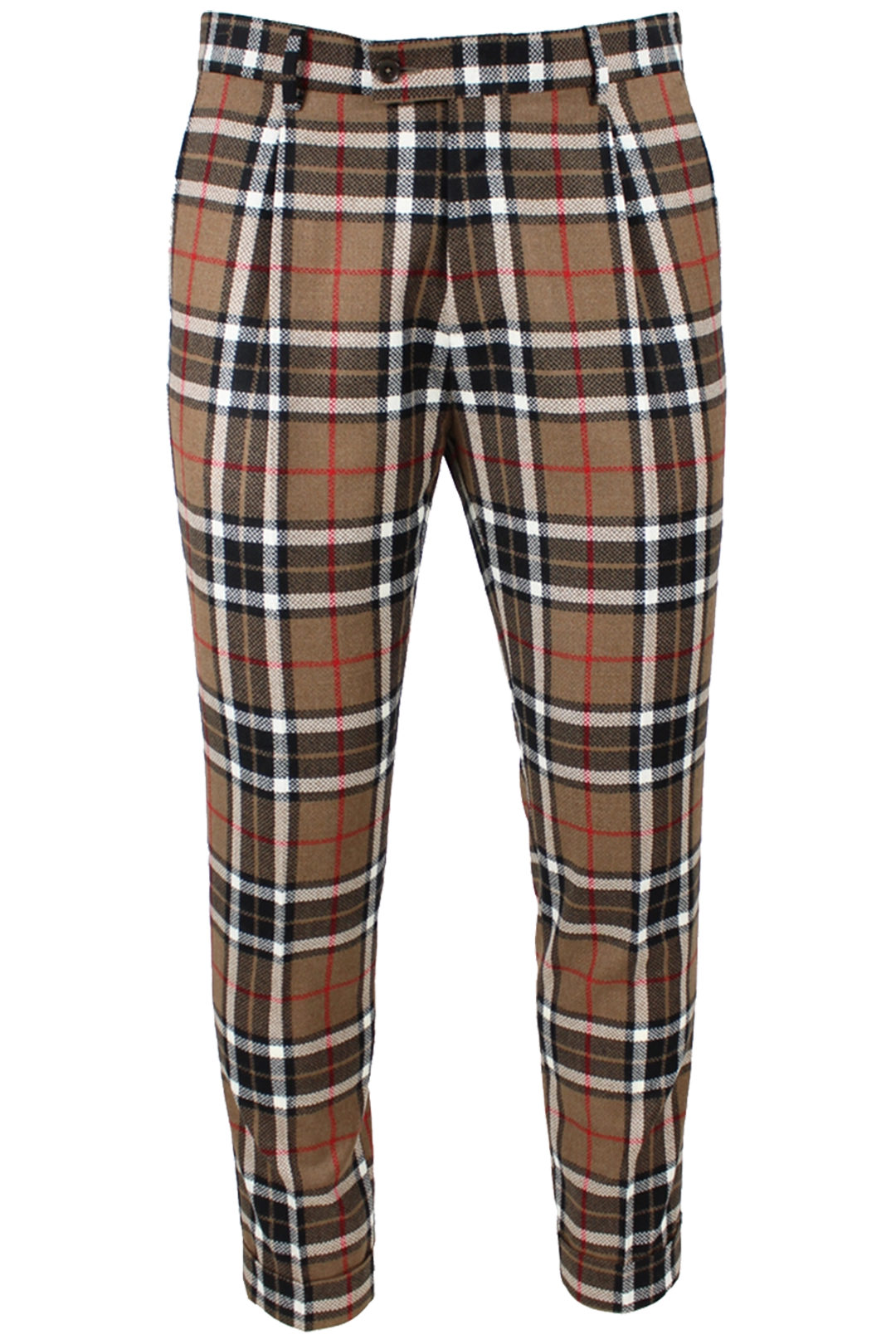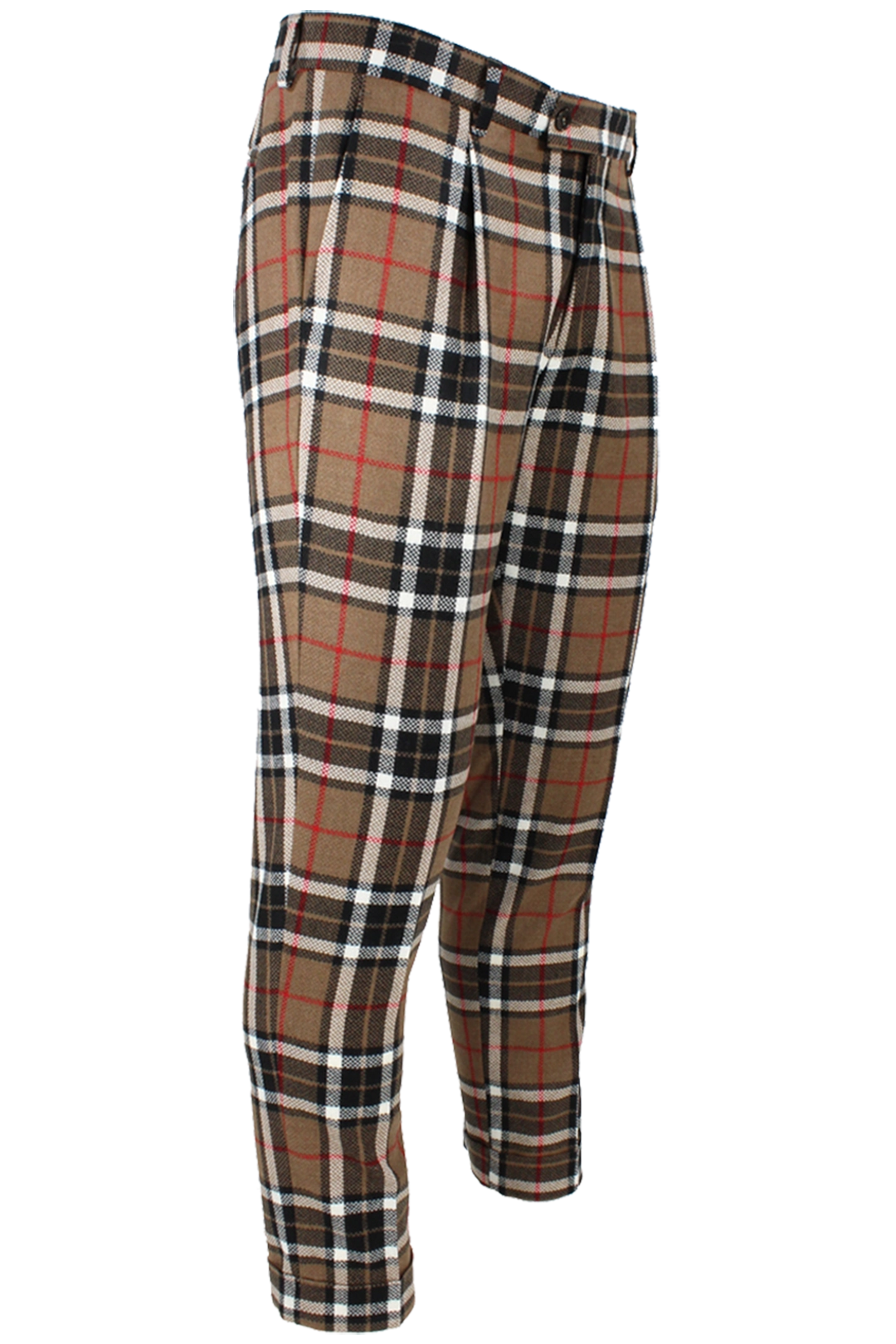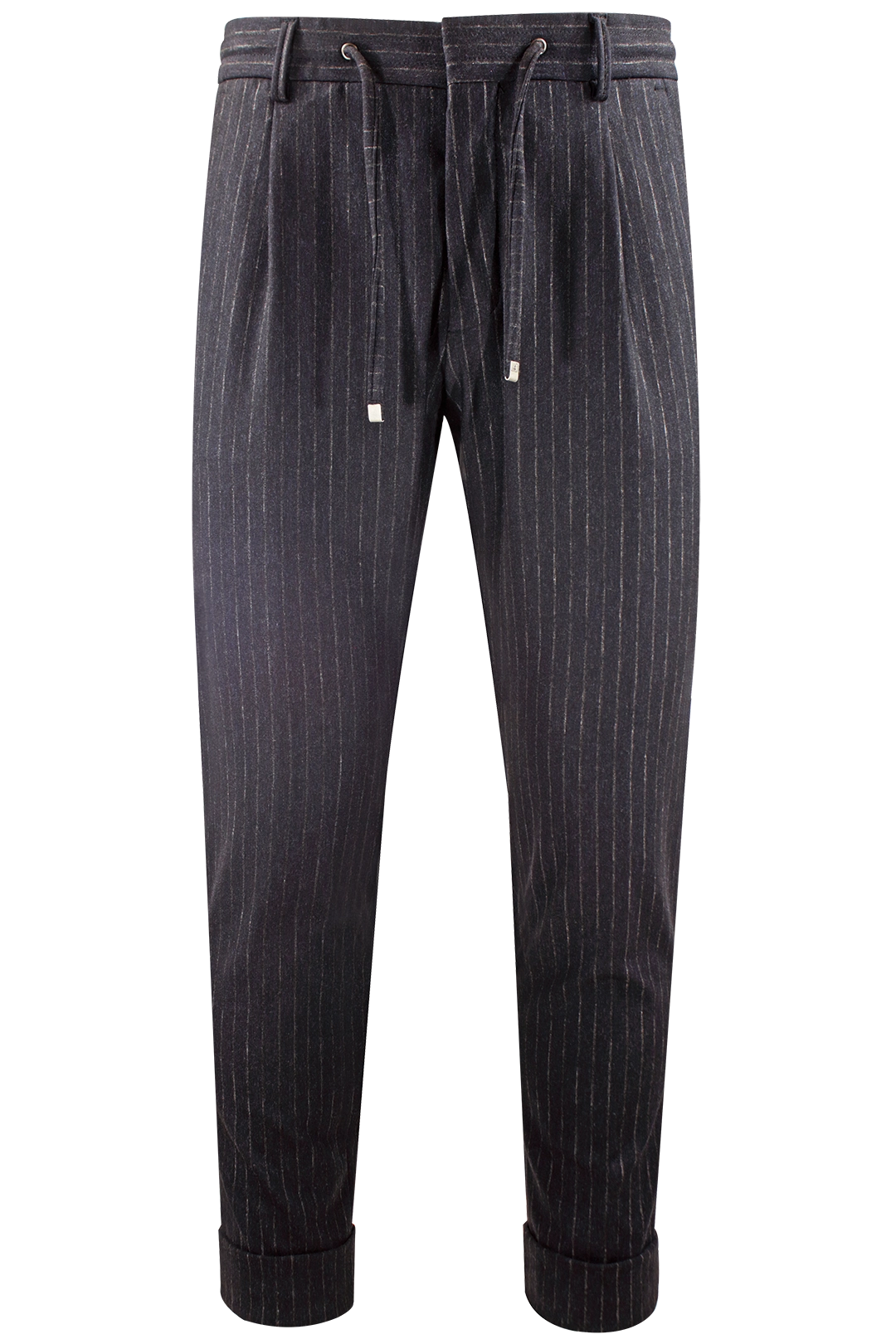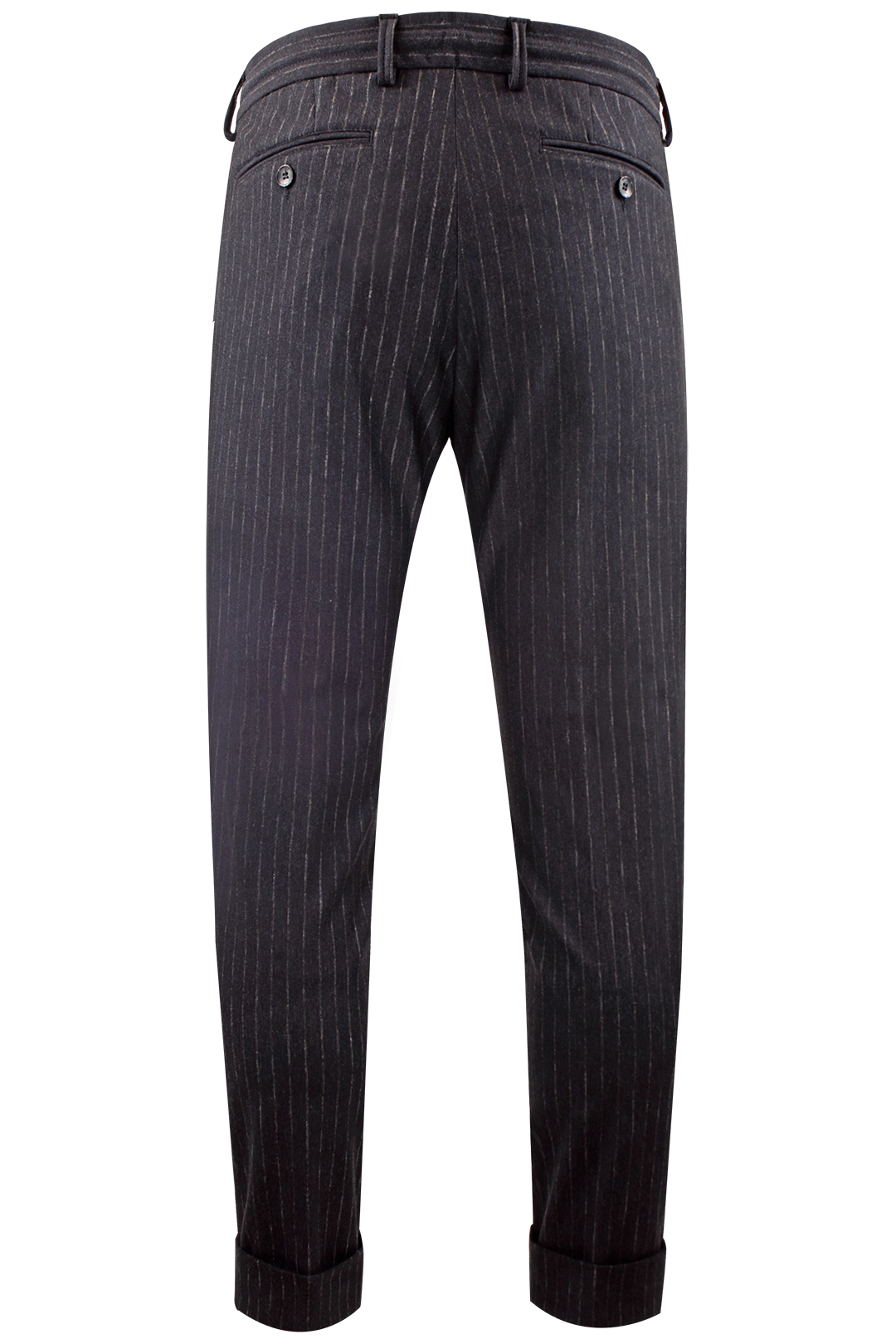What are textile fibres?
Textile fibers are raw products that are well suited to spinning processes, from which yarns can be obtained to make fabrics. Textile fibers are divided into natural, artificial and synthetic:
Natural textile fibers are taken from materials existing in nature and are divided into those of vegetal origin (e.g. cotton, linen, hemp, jute, sisal, kapok, ramie) and those of animal origin (e.g. wool and silk).
Artificial textile fibers are obtained from natural raw materials, such as wood cellulose and cotton linters, which are subsequently treated with chemical substances (eg viscose, acetate, rayon).
Synthetic textile fibers are obtained from man-made materials and originate from different polymers obtained through chemical synthesis (eg nylon, polyurethanes, polyamides, polyesters, acrylic).
What is spinning?
Spinning is the series of treatments that textile fibers undergo to give rise to yarns (a set of textile fibers held together by a twist to form a thread):
Preparation : The fibers are cleaned, dedusted, cleaned of external agents and possibly mixed with fibers of other materials or coming from different bales.
Carding: It has the aim of orienting the fibers in a single direction, making them parallel using special machines called cards, from which the first semi-finished product is created: the ribbon.
Combing: This step is used for more valuable yarns (eg cotton gabardine or fresh wool) and has the aim of increasing the homogeneity and parallelization of the fibres, discarding the shorter fibers and eliminating impurities.
Ironing: The ironing operation consists in pulling the card ribbons which are superimposed on each other in order to arrange them on a larger volume, surface or length.
Spinning: In this phase, the roving is produced (a thin band of slightly twisted textile fibre, with a cylindrical section) to which a twist is applied to obtain a tenacious and homogeneous yarn with sufficient resistance for the subsequent operations. It is then further thinned and finally undergoes the definitive twisting and winding on spools (winding) or spools (winding).
Titration: The operation that determines the fineness and thickness of the yarn. The count is a relationship between length and weight measured mainly in Nm, i.e. the number of km of thread obtained from one kg of textile fiber (eg if the count of the yarn is Nm 50, it means that 1 kg of yarn corresponds to 50,000 metres), so it follows that the lower the count of a yarn, the greater its thickness.
Source: Archivio Luce (1932)
What is weaving?
Weaving is the technique used to manufacture a fabric and involves intertwining threads perpendicular to each other with the help of a machine called a loom . The threads are stretched on the loom in the direction of the length of the fabric, which will form the warp , then, through the mechanical movements of the loom, a thread is intertwined with the warp in a horizontal direction, forming the plot . The system by which the warp and the weft are intertwined is called armor .
What are textile fibres?
|
NAME
|
DESCRIPTION OF FIBERS
|
|
Wool
|
Fiber taken from the fleece of sheep or a blend of fiber taken from the fleece of other animals.
|
|
Alpaca, llama, camel, cashmere, mohair, angora, vicuna, yak, guanaco, cashgora, beaver, otter, whether or not preceded by the word "wool" or "hair"
|
Fiber taken from the fleece of the following animals: alpaca, llama, camel, Kashmir goat, angora goat, angora rabbit, vicuna, yack, guanaco, cashgora goat, beaver, otter
|
| hair or hair with or without indication of the animal species (for example bovine hair, common goat hair, horse hair | hair of various animals other than those mentioned above |
|
Silk
|
Fiber coming exclusively from silk-forming insects
|
|
Cotton
|
Fiber from the cotton seed (Gossypium)
|
|
Kapok
|
Fiber from the inside of the kapok fruit (Ceiba pentandra)
|
|
Linen
|
Fiber from the flax book (Linum usotatissimum)
|
|
Hemp
|
Fiber from the hemp book (Cannabis sativa)
|
|
Jute
|
fiber coming from the book of Corchorus olitorius and Corchorus capsularis. Fibers from the following species are also assimilated to jute: Hibiscus cannabinus, Hibiscus sabdariffa, Abutilon avicennae, Urena lobata, Urena sinuata
|
|
Abaca
|
Fiber coming from the leaf sheaths of Musa textilis
|
|
Alpha
|
Fiber coming from the Stipa tenacissima leaf
|
|
Coconut
|
Fiber coming from the Cocos nucifera fruit
|
|
Broom
|
Fiber from the book of Cytisus scoparius and/or Spartium junceum
|
|
Ramie
|
Fiber from the Boehmeria nivea and Boehmeria tenacissima books
|
|
Sisal
|
Fiber from the leaves of Agave sisalana
|
|
Sunn
|
Fiber from the Crotalaria juncea book
|
|
Henequen
|
Fiber from the Agave fourcroydes book
|
|
Maguey
|
Fiber from the Agave cantala book
|
|
Acetate
|
Cellulose acetate fibers of which less than 92% but at least 74% of the hydroxyl groups are acetylated
|
|
Alginica
|
Fiber obtained from the metallic salts of alginic acid
|
|
Cupro
|
Regenerated cellulose fiber obtained by cuprammonia process
|
|
Modal
|
Regenerated cellulose fiber obtained with a modified viscous process and having a high breaking strength and a high wet modulus.
|
|
Protein
|
Fiber obtained from natural protein substances regenerated and stabilized through the action of chemical agents
|
|
Triacetate
|
Cellulose acetate fiber of which at least 92% of the hydroxyl groups are acetylated
|
|
Viscose
|
Regenerated cellulose fiber obtained through the viscose process for the filament and for the non-continuous fibre
|
|
Acrylic
|
Fiber formed by linear macromolecules having at least 85% by mass of the acrylonitrile motif in the chain
|
|
Chlorofibre
|
Fiber formed by linear macromolecules having in the chain more than 50% by mass of the chlorinated vinylidene or chlorinated vinylidene monomeric motif
|
|
Fluorofibre
|
Fiber formed by linear macromolecules obtained from fluorinated aliphatic monomers
|
|
Modacrylic
|
Fiber formed by linear macromolecules having more than 50% and less than 85% by mass of the acrylonitrile motif in the chain
|
|
Polyamide or Nylon
|
Fiber made up of synthetic linear macromolecules having recurring amide bonds in the chain, of which at least 85% are linked to aliphatic or cyclo-aliphatic motifs
|
|
Aramid
|
Synthetic linear macromolecule fiber made up of aromatic groups linked together by amide and imide bonds, of which at least 85% is linked directly to two aromatic nuclei, while the number of imide bonds, where present, cannot be greater than that of amide bonds
|
|
Polyimide
|
fiber made up of synthetic linear macromolecules having recurring imide motifs in the chain
|
|
Lyocell
|
Regenerated cellulose fibre, obtained by dissolving and spinning process in organic solvent (mixture of organic chemical substances and water), without formation of derivatives
|
|
Polylactide
|
fiber formed from linear macromolecules having in the chain at least 85% by mass of lactic acid ester units derived from natural sugars, and which has a melting temperature of at least 135 °C
|
|
Polyester
|
Fiber formed by linear macromolecules having in the chain at least 85% by mass of a terephthalic acid diol ester
|
|
Polyethylene
|
Fiber formed by linear macromolecules saturated with unsubstituted aliphatic hydrocarbons
|
|
Polypropylene
|
Fiber formed by linear macromolecules saturated with aliphatic hydrocarbons, of which every two carbon atoms carry a methyl branch, in an isotactic configuration, and without further substitutions
|
|
Polyurea
|
Fiber formed by linear macromolecules having in the chain the repetition of the ureylene functional group (NH-CO-NH)
|
|
Polyurethane
|
Fiber formed by linear macromolecules having in the chain the repetition of the urethane functional group
|
|
Vinyl
|
Fiber made up of linear macromolecules whose chain is made up of polyvinyl alcohol with a variable acetalization rate
|
|
Trivinyl
|
Fiber composed of acrylonitrile terpolymer, a chlorinated vinyl monomer and a third vinyl monomer, none of which represents 50% of the total mass
|
|
Eraser
|
Elastomeric fiber made up of either natural or synthetic polyisoprene, or one or more polymerized dienes with or without one or more vinyl monomers which, when stretched under a tensile force until it reaches three times its initial length, rapidly and substantially resumes this length as soon as the traction force ceases
|
|
Elastane
|
Elastomeric fiber consisting of at least 85% by mass of segmented polyurethane which, if stretched under a tensile force to three times its initial length, quickly and substantially regains that length as soon as the tensile force ceases
|
|
Textile glass
|
Fiber made of glass
|
|
Elastomultiester
|
Fiber formed by the interaction, during two or more distinct phases, of two or more chemically distinct linear macromolecules (of which none exceeds 85% by mass), containing ester groups as the dominant functional unit (at least 85%) , which, after appropriate treatment, if stretched under a traction force until it reaches one and a half times the initial length, quickly and substantially resumes this length as soon as the traction force ceases
|
|
Elastolefin
|
Fiber composed of at least 95 % by mass of partially cross-linked macromolecules of ethylene and at least one other olefin, which, when stretched under a tensile force up to one and a half times its original length, rapidly and substantially recovers its initial length as soon as the traction force ceases
|
|
Melamine
|
Fiber composed of at least 85% by mass of cross-linked macromolecules of melamine derivatives |
| Name corresponding to the material of which the fibers are composed, for example: metal (metallic, metallised), asbestos, textile paper, preceded or not by the word "thread" or "fibre" | Fibers obtained from various or new materials, other than those indicated above |
| Two-component polypropylene/polyamide | Two-component fiber composed of 10-25% of a mass of polyamide fibrils arranged in a polypropylene matrix |
List extracted from Annex 1 of Regulation (EU) no. 286/2012 of the European Parliament of 06.27.2012


